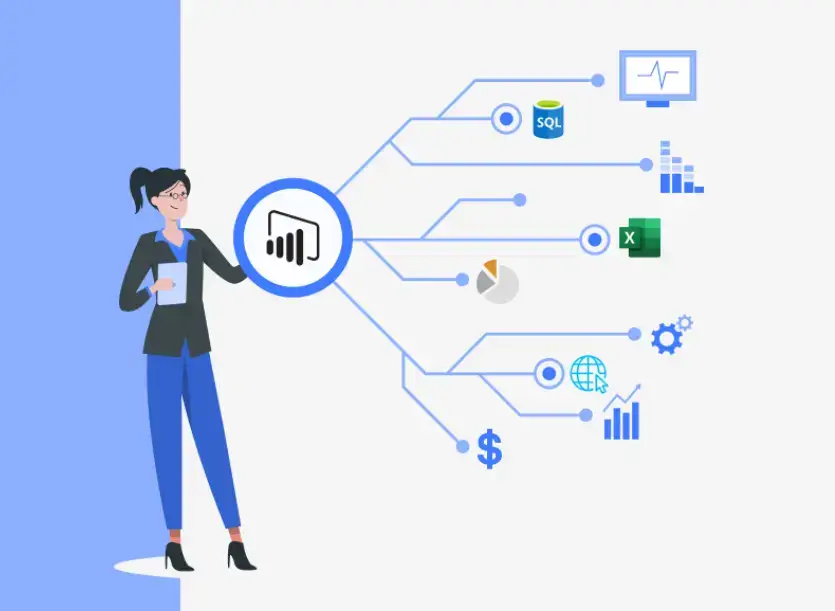Exploring OLAP: The Technology That’s Changing the Way You Analyze Data

In today’s data-driven world, organizations are constantly searching for ways to gain insights into their operations and improve decision-making. One technology that has emerged as a game-changer in this regard is OLAP, or Online Analytical Processing. It allows users to analyze vast amounts of data in real-time, providing a level of granularity and flexibility that was previously impossible.
In this article, you can explore what is OLAP, how it works, and why it’s such an essential tool for modern organizations.
What is Online Analytical Processing?
Online Analytical Processing allows users to analyze large volumes of data from multiple perspectives. It stores data in a multidimensional model and provides a more dynamic and interactive way of analyzing data, which can be especially useful for those that need to make rapid decisions based on real-time information.
How Does It Work?
Online Analytical Processing is utilized in conjunction with a specialized database called a data warehouse. Data warehouses are designed to store large amounts of historical data from multiple sources, making it easy for OLAP tools to access and analyze the data. Because it operates on a separate data layer, it doesn’t impact the performance of the underlying transactional database, ensuring that critical processes can continue uninterrupted.
What Are Its Benefits?
Flexibility and Interactivity: OLAP provides users with a level of flexibility and interactivity that traditional reporting tools cannot match. Users can drill down into data to view more detailed information, pivot data to view it from different angles and perform ad-hoc analysis to answer specific questions. It makes Online Analytical Processing a valuable tool for business analysts, who can use it to explore data in real-time and identify trends and patterns that may have been missed using traditional reporting tools. By allowing users to analyze data from multiple perspectives, it enables organizations to gain a deeper understanding of their operations and make more informed decisions.
Ability to Handle Large Volumes of Data: Another advantage is its ability to handle large volumes of data. With this technology, companies can analyze terabytes of data in real-time, making it possible to gain insights into complex business operations that were previously impossible to understand. It can also help organizations identify outliers and anomalies in data, which can be used to optimize processes and improve performance.
Improved Decision-Making: By providing users with real-time data analysis, flexibility, interactivity, and the ability to handle large volumes of data, it can help businesses make better decisions. With access to accurate and up-to-date data, companies can identify emerging trends and patterns, make informed decisions, and respond quickly to changing market conditions. It can also help them identify inefficiencies in their operations, optimize processes, and improve overall performance.
Competitive Advantage: It can provide organizations with a competitive advantage. By enabling them to identify trends and patterns, attain valuable and deep insights into their operations, and make informed decisions based on real-time data, it can help companies stay ahead of the competition. With access to accurate and up-to-date data, they can respond quickly to changing market conditions, identify new opportunities, and optimize processes to stay ahead of the competition.
Final Thoughts
Now that you know what is OLAP, how it works, and its benefits, you must have realized that it is a powerful technology that has revolutionized the way organizations analyze data. By providing real-time data analysis, interactivity, flexibility, and the ability to handle large data volumes, it has become a vital tool for modern businesses. And the benefits far outweigh the costs and challenges. With the right planning, execution, and user adoption strategies, companies can leverage them to gain critical insights into their operations, identify trends and patterns, optimize processes, and make informed decisions that drive success.
